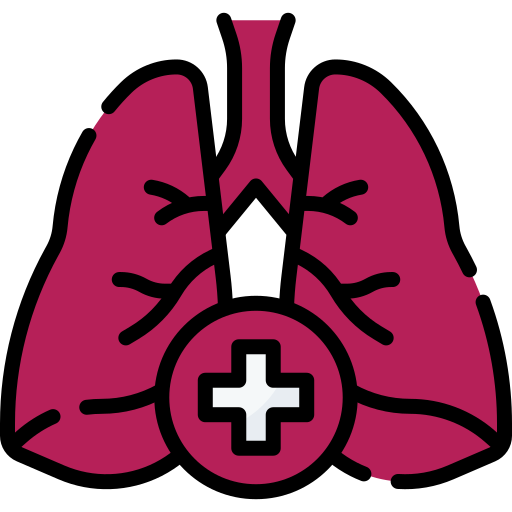
PULMONOLOGY
Pulmonology is a medical specialty focused on the diagnosis, treatment, and management of diseases and disorders affecting the respiratory system, which includes the lungs, airways, and respiratory muscles. Pulmonologists, the medical professionals specializing in this field, are trained to treat a wide range of respiratory conditions, from common infections to chronic diseases and critical care issues. Here is a comprehensive description of pulmonology, detailing its scope, common conditions, diagnostic techniques, and treatment options.
Pulmonology: An Overview
Scope and Importance: Pulmonology encompasses the study and treatment of respiratory system disorders. This specialty is vital because breathing is essential for life, and the respiratory system's health directly impacts overall well-being. Pulmonologists work in various settings, including hospitals, clinics, and specialized respiratory care centers, and often collaborate with other healthcare professionals to provide comprehensive care.
Common Conditions Treated in Pulmonology
-
Asthma: A chronic condition characterized by inflammation and narrowing of the airways, leading to wheezing, shortness of breath, chest tightness, and coughing. Management typically includes inhalers, medications, and avoiding triggers.
-
Chronic Obstructive Pulmonary Disease (COPD): A group of progressive lung diseases, including emphysema and chronic bronchitis, that cause breathing difficulties. Treatment involves medications, pulmonary rehabilitation, oxygen therapy, and lifestyle changes.
-
Pneumonia: An infection that inflames the air sacs in one or both lungs, which can fill with fluid or pus. It can be caused by bacteria, viruses, or fungi. Treatment typically includes antibiotics, antiviral medications, or antifungal drugs, along with supportive care.
-
Pulmonary Fibrosis: A condition characterized by the thickening and scarring of lung tissue, leading to severe breathing difficulties. Treatment options include medications to slow the disease progression, oxygen therapy, and, in severe cases, lung transplantation.
-
Lung Cancer: A type of cancer that begins in the lungs, often associated with smoking. Treatment may involve surgery, chemotherapy, radiation therapy, targeted therapy, or immunotherapy.
-
Pulmonary Hypertension: High blood pressure in the arteries of the lungs, which can lead to heart failure. Treatment includes medications, oxygen therapy, and lifestyle modifications.
-
Sleep Apnea: A sleep disorder characterized by repeated interruptions in breathing during sleep. It is often treated with continuous positive airway pressure (CPAP) therapy, lifestyle changes, or surgery.
-
Interstitial Lung Disease: A group of disorders causing progressive scarring of lung tissue, which can affect the ability to breathe and get enough oxygen into the bloodstream. Treatment involves medications, pulmonary rehabilitation, and sometimes lung transplantation.



 +91 96339 35699
+91 96339 35699 +91 90615 66999
+91 90615 66999